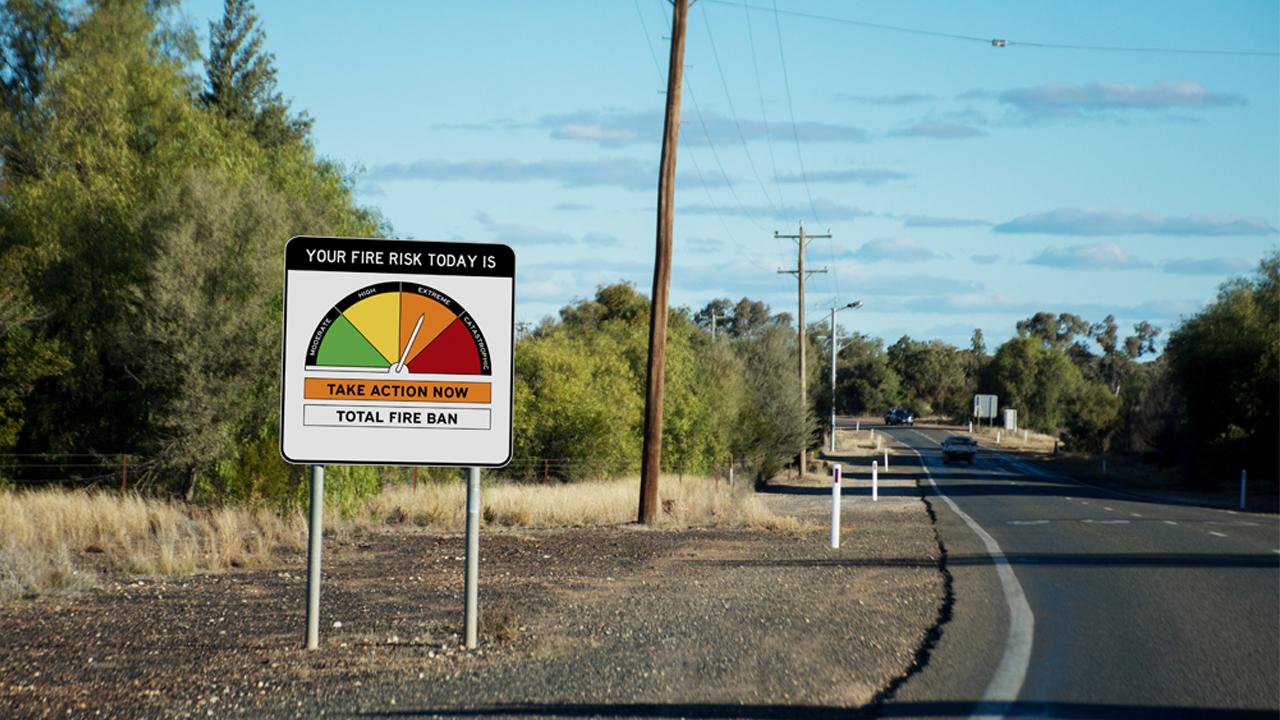Benefits
The AFDRS will improve public safety and reduce the impacts of bushfires through:
- Improved information
- Improved communication
- Better decisions
- A National Model

Improved information
Improved scientific accuracy behind fire danger predictions. This provides benefits such as:
- More accurate fire danger information
- Increased confidence in predictions
- Improved management outcomes
- Reduced economic losses
The McArthur-based Fire Danger Rating System was based on science that is more than 60 years old. New technology and research have greatly improved our ability to accurately predict fire behaviour and the potential threat to the community.
The AFDRS uses the latest scientific understanding about weather, fuel and how fire behaves in different types of vegetation to improve the reliability of fire danger forecasts. This strengthens the ability of those working in emergency services to be better prepared, make improved decisions and provide better advice to the community.
The new fire danger rating system is designed to be continuously updatable so that the system can take advantage of improving science, data, and information into the future.
Because the AFDRS makes better fire danger predictions; government, the community and industry can have greater confidence in the information and advice provided.
Improved communication
Simplified and optimised public information. This provides benefits such as:
- A better informed public
- Less lives lost
- Less property damaged
- Reduced community recovery costs
One of Australia’s largest surveys of the community together with extensive focus groups showed how the fire danger system could be improved.
The new fire danger rating system has fewer levels, uses logical colours and simple English terms to improve people’s comprehension of both the system and their personal risk.
Each fire danger rating comes with clear and concise messages to encourage people to take action to protect themselves and others in the face of bushfire risks.
The way that the fire danger system is presented is consistent in every state and territory in Australia, reducing the possibility for confusion.
Better decisions
Provides government and industry with better decision-making tools. This provides benefits such as:
- Better proactive fire management
- Better firefighting outcomes
- Improved community safety
- Reduced over-warning costs
The new AFDRS calculates fire danger at a finer geographic scale than ever before. Therefore, more relevant, and specific information can be provided.
The AFDRS will provide tools that allow industry and government departments that have part of their activity regulated by fire danger (e.g. harvesting operations, school closures) to obtain information that is more precise. This will reduce over-regulation and over warning, avoiding the need to shut down activities unnecessarily.
A greater ability to predict fire danger at a more local level allows for tailored information for vulnerable communities and at-risk groups.
A National Model
The AFDRS is a truly national system. This provides benefits such as:
- Reduced development costs
- Better resource sharing
- Less chance of public confusion
- Improved national outcomes
The AFDRS is a great example of national collaboration with emergency services agencies and the Australian Government working together on a truly collaborative project of national significance, bringing benefits to Australians for generations to come.
The AFDRS features a collaborative approach, pooling resources to build a national system, with states, territories and the Australian Government having cooperatively developed all aspects of the system.
The costs of bushfire impact in Australia are enormous. Significant cost savings are expected due to improved fire danger information leading to better decisions and more appropriate and timely action. This includes decisions and actions to improve proactive bushfire management and to prevent loss of life, property, community infrastructure and businesses. The AFDRS also improves cross-border operations and supports interstate sharing of firefighting resources.